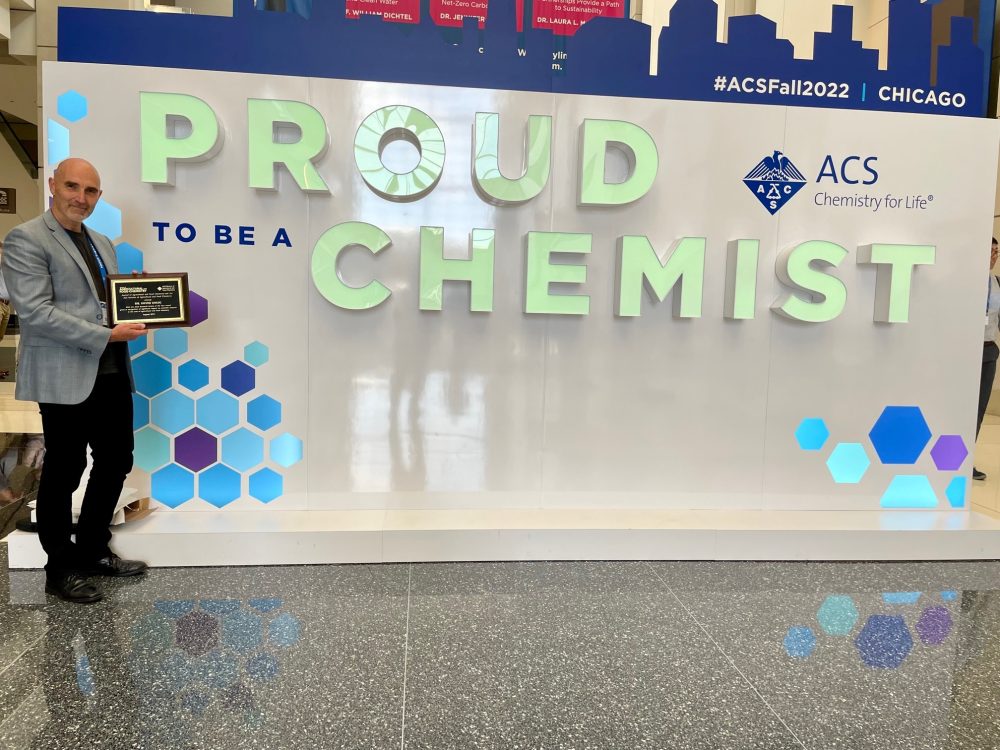The American Chemical Society’s (ACS) Journal of Agricultural and Food Chemistry (JAFC) and Division of Agricultural and Food Chemistry honoured senior scientist Silvio Uhlig. Uhlig joined NIOM in June 2022, as the institute’s newest expert on organic and analytical chemistry.
The article is about ergot, a parasitic fungus that infects grasses, which includes cereal grains (especially rye). The fungus produces toxic chemicals, but there are nowadays effective systems in place for removing the fungus from the grains used for human consumption. However, there are cases of poisoning among livestock and wildlife regularly, Uhlig explains.
The article is named: “Unravelling the Ergot Alkaloid and Indole Diterpenoid Metabolome in the Claviceps purpurea Species Complex Using LC–HRMS/MS Diagnostic Fragmentation Filtering”. It was written while Uhlig was still with his former employer, the Norwegian Veterinary Institute.
For a long time I have been fascinated by ergot fungi, and saw this article as an interesting side project during the pandemic, Uhlig says.
The study
The study exploits the power of modern high-resolution mass spectrometry to separate and visualise different variants of the poisonous substances in the fungi, to make a sort of “molecular fingerprint” for the fungus’ overwintering bodies (so-called sclerotia, which are the poisonous parts of the fungus).
The researchers used molecular biology to identify the Claviceps species and in the end tried to find out if some of the poisons were species-specific. Another aim was to find out if the recently established EU-legislations that regulate the maximum levels for some of the poisons in food and feed are appropriate, or if there are other variants of the poisons that dominate the molecular fingerprints.
Importance
The study showed that at least 50 percent of the poisonous chemicals were made up of the variants that are regulated within the EU, Uhlig says.
This strengthens the international strategy for the new legislations concerning ergot-toxins for safe food and feed.
For me this has been as much of a “hobby project” that I was finally able to finish when the pandemic freed up some time. I am both happy and surprised, in a good way, to be given this award, Uhlig says.

